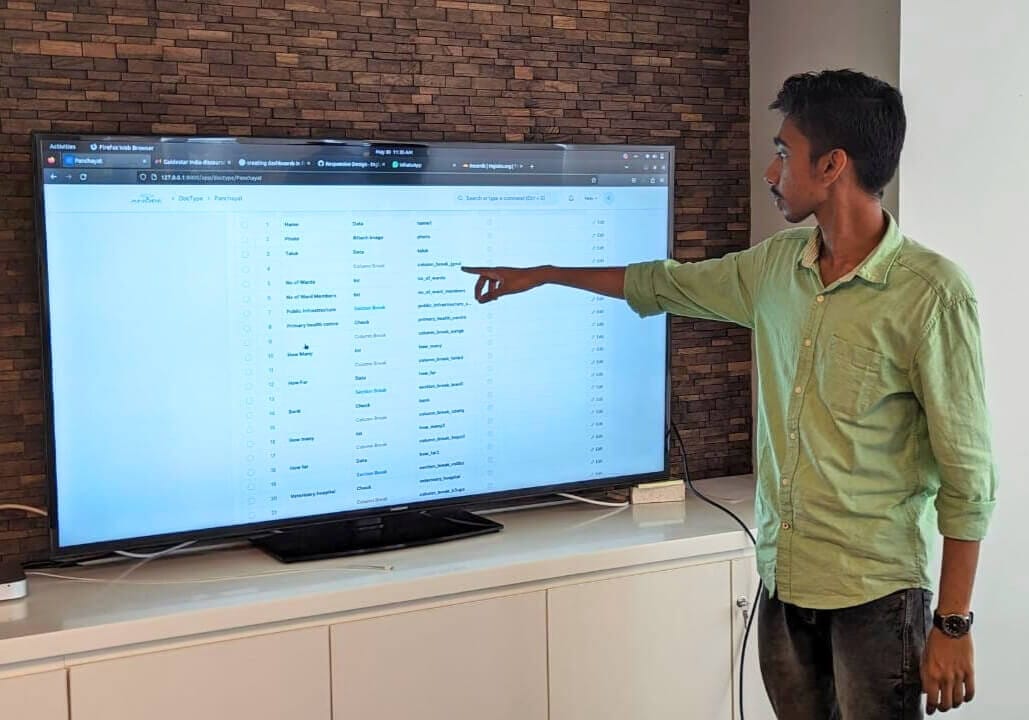Co-creating Processes For Better Governance with Anode Labs
A look at how tech tools can enable panchayats to identify and solve challenges effectively by addressing systemic issues.

In a country where development often means very different things for different stakeholders, good intentions are often not enough. In 1992, India began the process of democratic decentralisation, by amending the Constitution to provide for transfer of power to local governments. This led to institutionalising people's participation through gram sabhas and ward committees. Fast forward to nearly 30 years later. We see that while the changes have been implemented, the spirit of decentralisation often falters. Because we have failed to address ground realities.
Consider this case study co-authored by Anode Governance Labs' founder & CEO Sonali Srivastava in 2015: "As a first-time member elected to a gram panchayat in Karnataka, Vijayamma’s is a typical story of triumph in the face of adversity. She was elected to the Oorkunte Mittur gram panchayat in 2011, and admits to initially feeling ignorant and under-confident about herself. Being unlettered, she was unable to sign her name and felt intimidated by the citizens and their concerns. She had no inkling as to how she could potentially nudge her village towards any significant development; this would often result in her shying away from the public. Barely aware that gram panchayat members are key potential change-makers, Vijayamma, who was elevated as Adhyaksha (President) in 2013, is unfortunately representative of many elected representatives across India’s six lakh villages."
These stories still resonate almost 10 years later. Anode was founded with the intention of strengthening governance and enabling public institutions to function effectively. They work on the premise that the with the premise that the poor and underserved rely on these institutions for access to basic human rights. Therefore, these institutions and their stakeholders need to be aware of their full potential for making an impact. Besides, they also need to be equipped with the right tools that will help them deliver this impact.
Building tech tools for community development
Anode partnered with aikyam fellows to transform local government engagement. The idea was to work through a participatory and co-creative process. The intention: to create tools that would help gram panchayats see their challenges clearly andanalyse them better to create better solutions. The aim was clear: to bring together local government members and various stakeholders for community development in a participatory, co-creative process aimed at problem-solving and innovation.
The process started with co-creating workshops. In one of the first workshops, participants brainstormed and came up with small-scale, practical ideas to solve for specific challenges. These were micro-solutions that were easy to implement and test.
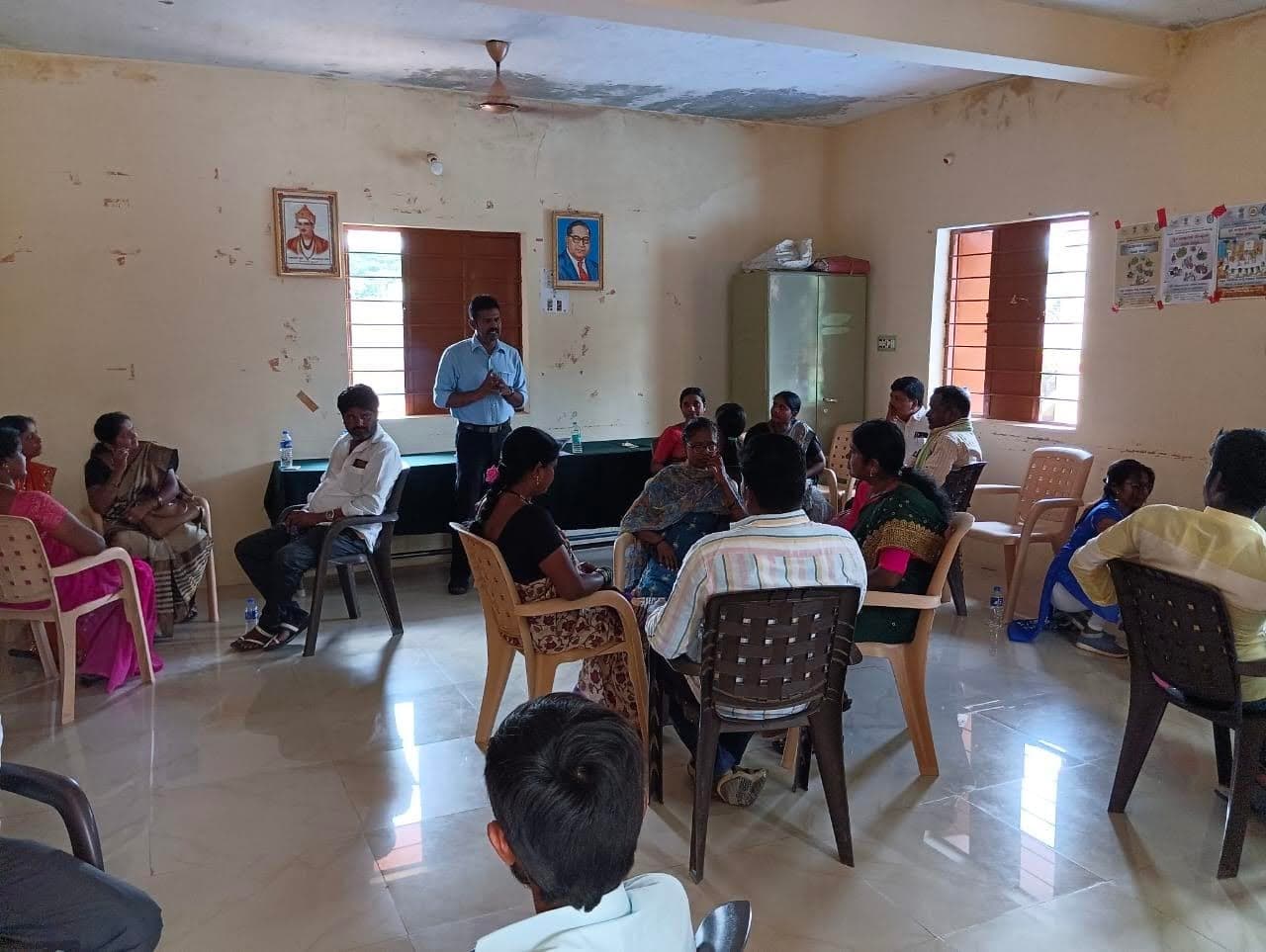
One of the first outcomes was an Interactive Voice Response (IVR) system for a local governance project. This served as a solid example of how technology could be leveraged to enable real-time feedback, rapid adjustments, and inclusive participation. In another workshop, Anode's panchayat facilitators rated the service delivery in their wards using Mentimeter. This gave the participants an easy way to visualise the long-term impact of their solutions.
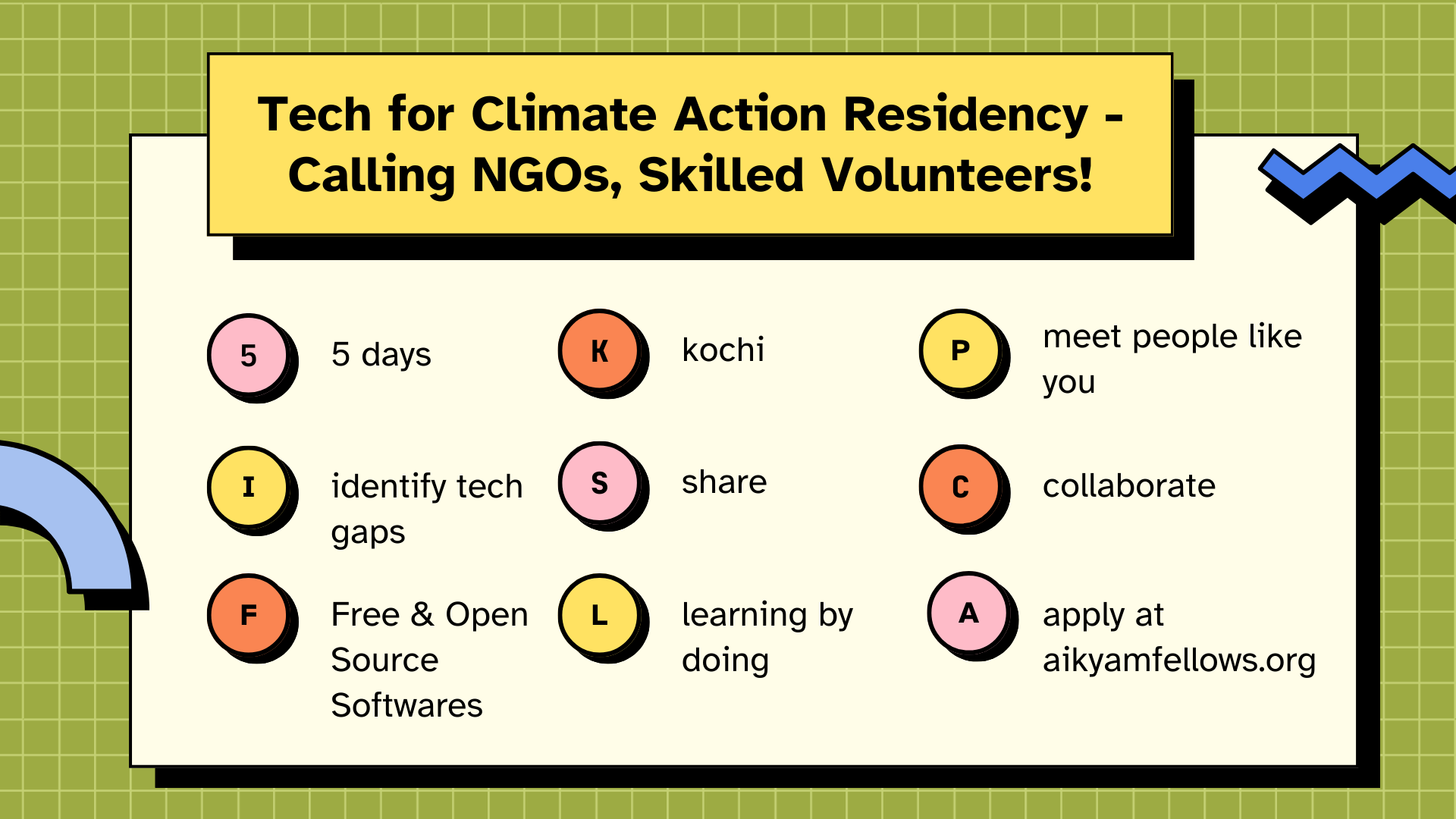
These co-creating workshops also threw up a clear indicator of actual challenges faced by panchayat members. The teams at Anode and aikyam then got together to brainstorm for large-scale solutions that would address systemic causes of these issues. A session of stakeholder mapping followed, according to Anode's framework. And the journey began towards creating a tech-enabled program for better governance. As detailed in the aikyam forum, this looked at the following focus areas:
- Panchayat Members’ Journey: Developing a program to support panchayat members. This would cover everything from helping them understand their roles and responsibilities to how they could become role models and effective leaders in their communities.
- Information Access & Management: Identifying all the information to be readily available to all stakeholders. This could include information on government schemes/funds, standard operating procedures (SOPs), handbooks, tool components, etc. This information had to be accessible and regularly updated.
- Solution Development & Implementation: Developing solutions for the the needs identified. This could be in different formats, like training for panchayat members, creating help desks, providing a facilitation handbook for ward level meets, etc.
- Collaboration & Partnership: Engaging with different organisations (NGOs, Govt departments, Zila Parishads, etc.) for collaboration and partnership. This could translate to providing training, sharing resources, and working together on solution implementation.
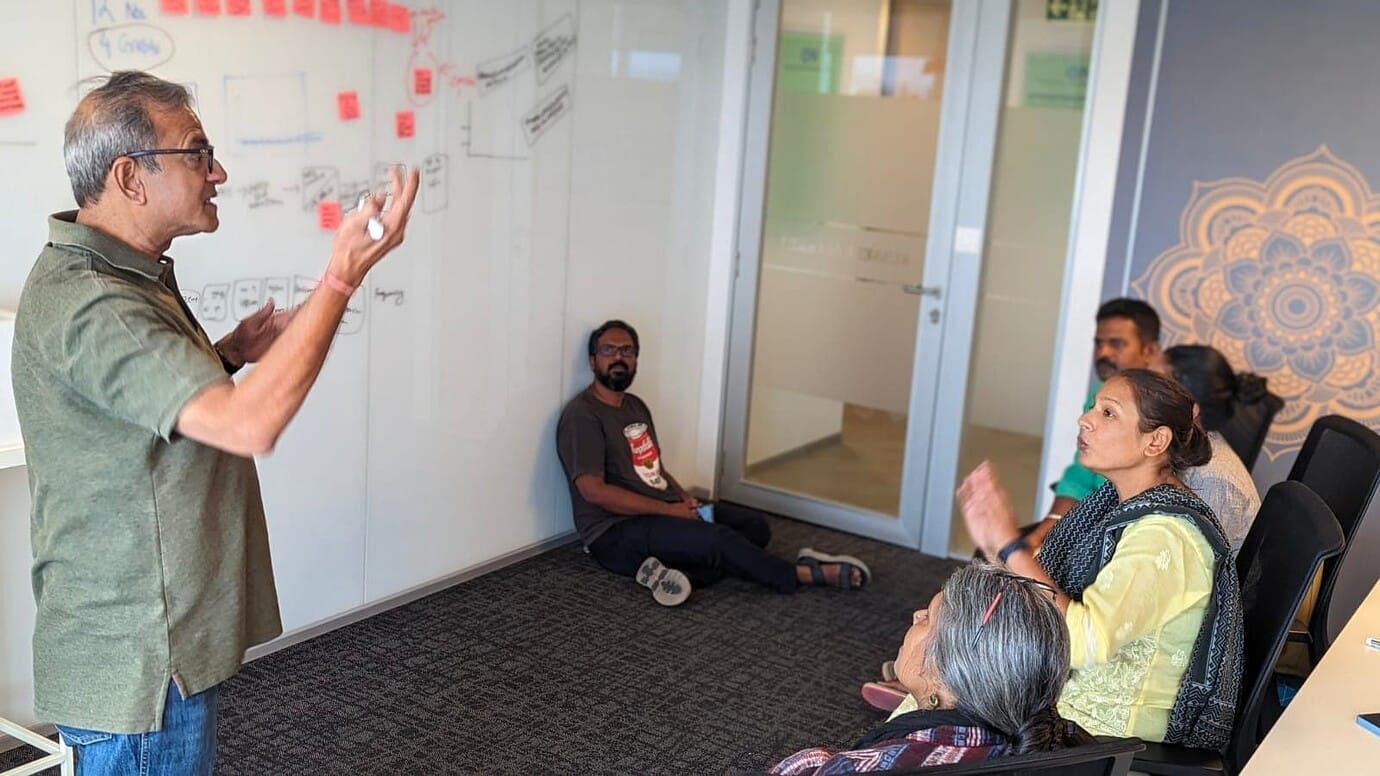
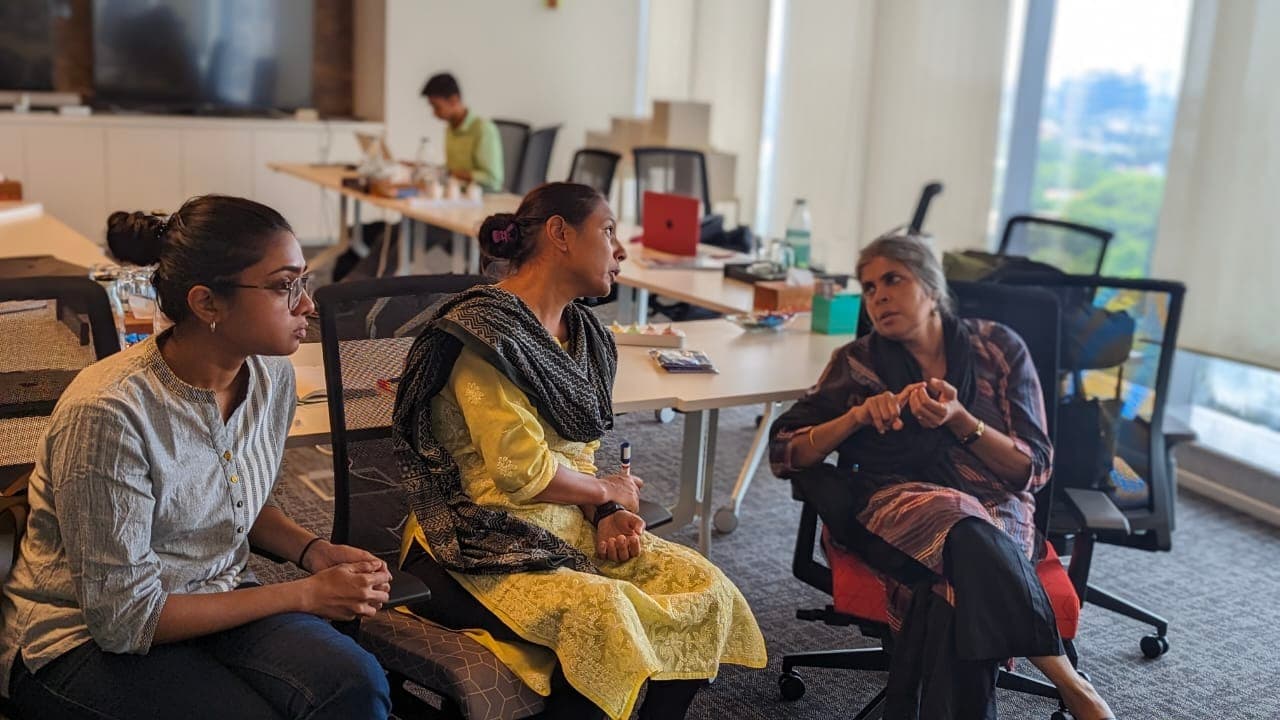
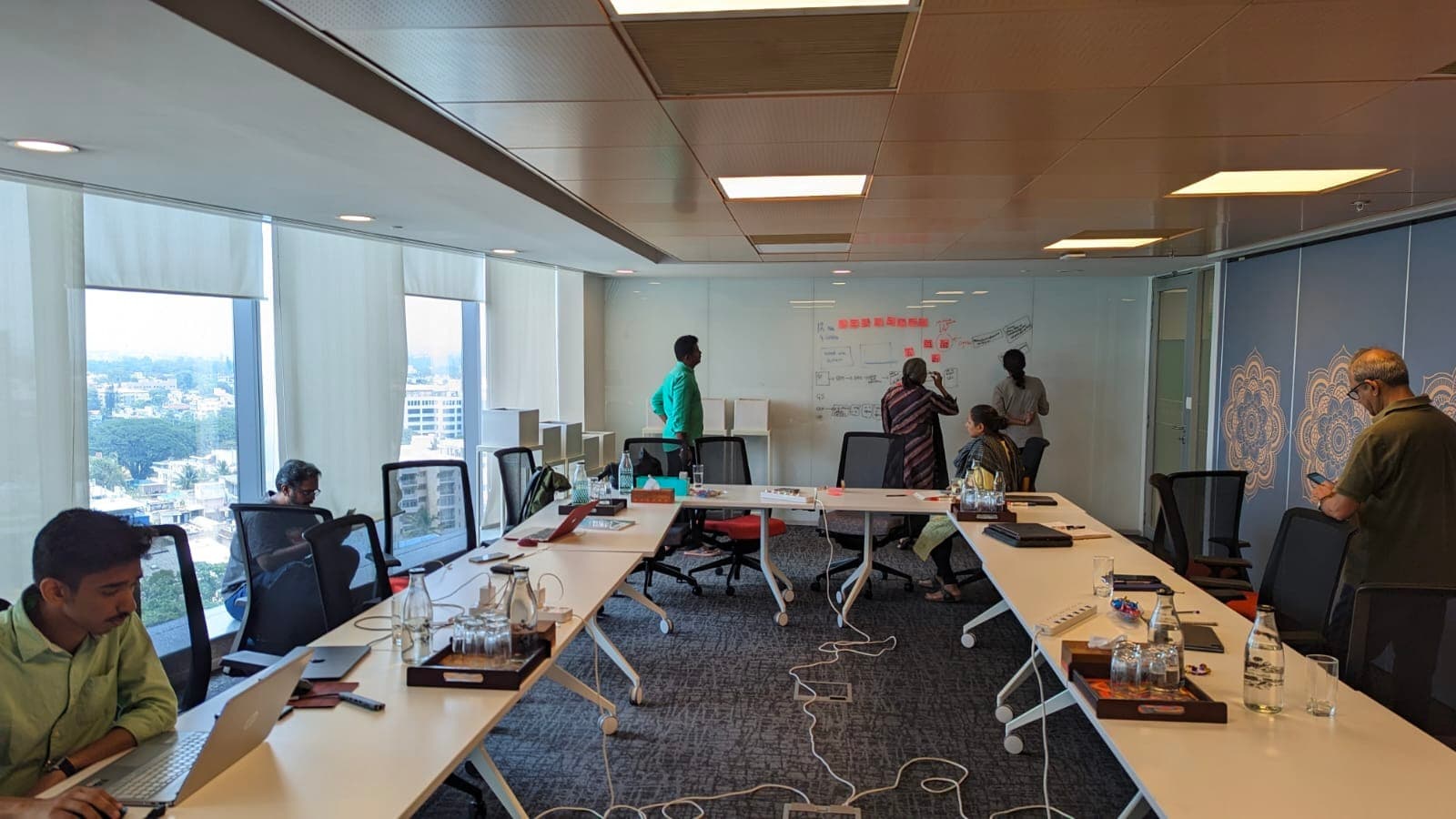
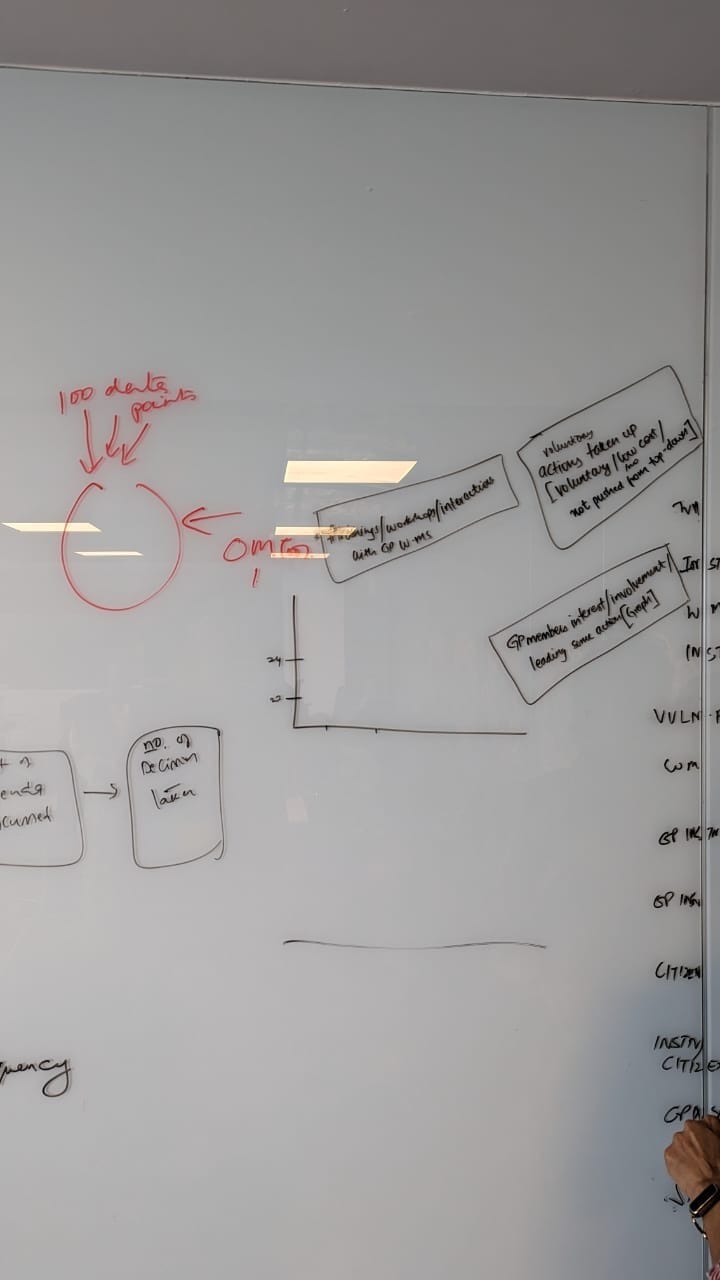
Later, the teams also discussed ideas on creating a multi-tiered framework or pathway for panchayat members and the wider community to engage in local governance. This would help in problem-solving, promoting active participation, and developing leadership. Developing a panchayat member registry and a dashboard of indicators for effective rural governance were also discussed.
The thought was to see how a tool like ERPNext could be leveraged to create a Panchayat Member Registry. ERPNext’s built-in reporting tools could help track indicators for effective rural governance. These could be visualised on a dashboard that displayed the data from the 'Panchayat Member' and 'Governance Indicator', for instance. ERPNext allows for creating charts, graphs, and tables to visualise the data. This would help panchayat members view and analyse challenge areas at a glance. The result: more informed, effective decision-making and impactful solutions.
